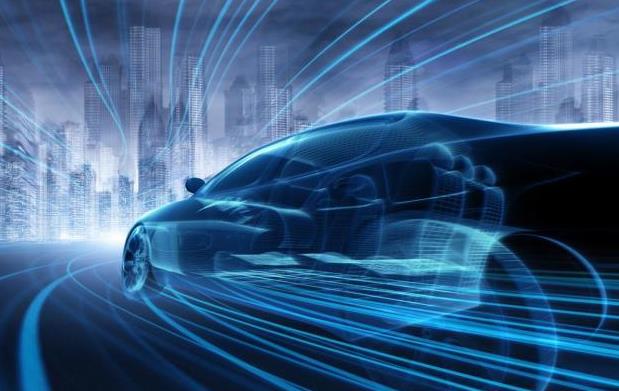The Autonomous Vehicle
Automobiles in the future, and to some extent today are more software- and silicon-defined vs. mechanical in terms of their specifications. Today’s car runs a hundred million lines of code simultaneously with all the hardware when considering all of the sensors that are supporting the perception stack, which includes the camera, the LIDAR, and the radar. We need solutions for validating not only the individual sensor performance to support these new ADAS and AD functions, but the safety aspect as well. We have been working with our partners and customers, for example, to gain further research. One example is specifically around joint radar and communication systems that auto makers are exploring today to make sure that the cars in the future are smarter and safer.

With regards to joint radar and communications (JRC) , the challenge is, Radar operates at 60 to 81 GHz while the Communication stack (802.11p /C-V2X) uses 5.9 GHz. Traditionally they have both existed in their own silos. There might be a radar module on a car and then there is a separate C-V2X module as well. The question that OEMs and Tier 1 providers are exploring with Tek’s help today is – how can we co-locate these two systems into one integrated single system? The benefits, as you can imagine, are around not only cost that you will drive down, but then you also realize a performance improvement with this tighter integration on a hardware and a waveform level. So, you can achieve higher performance, but at the same time lowering the cost for such a device and reducing the footprint on a vehicle. At the end of the day, drivers don’t want your sensors to be sticking out on the bumpers or around the car, we all want to make it as seamless as possible.
Series Summary
We started this blog series with electrification and battery challenges, measurement challenges and trends in the marketplace. We talked about how Tektronix can solve some of the challenges on the powertrain side and then how it can solve challenges on the battery at not only a single cell level, but also at a modular and a pack level. We then looked at some of the critical challenges around the next phases to the battery evolution.
Then we dove into the connected car space, where we talked about the in-vehicle network standards and how Tektronix is solving some of those challenges around serial decodes, EMI, EMC, and around cross-domain measurement, insights, and system-level debugging.
Then we wrapped up the series by looking at the sensor fusion and challenges where we specifically examined the joint radar and communication challenge that the industry is excited to explore further.
Tektronix Solutions
Tektronix delivers precision measurement and measurement resolutions on our solutions through Tektronix Source Measure Units (SMUs), through our Digital Multimeters (DMMs), and our user interface on our Tek scopes and Keithley products enable engineers to get needed insights faster. Tektronix recently announced 2 Series MSO. This is the world’s first tablet oscilloscope with a portable battery pack. This allows the engineer to take the lab with them into the field, in order to have bench-level performance without compromise in a field environment. Tektronix software enable’s engineers to collaborate effectively, including remote analysis and storage via TekCloud. Making engineering workflows more productive and innovative makes Tektronix unique in the marketplace and will help drive these automotive innovations forward.
TestEquity are an approved UK partner for Tektronix
Content Source: https://www.tek.com/en/blog/3-market-trends-driving-automotive-innovation-part-three-the-autonomous-vehicle






